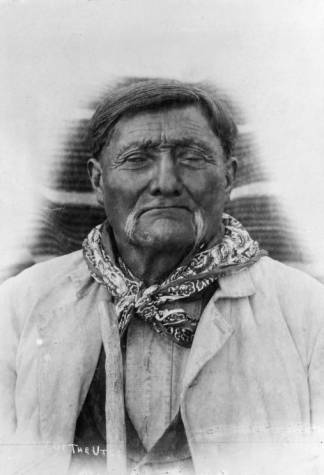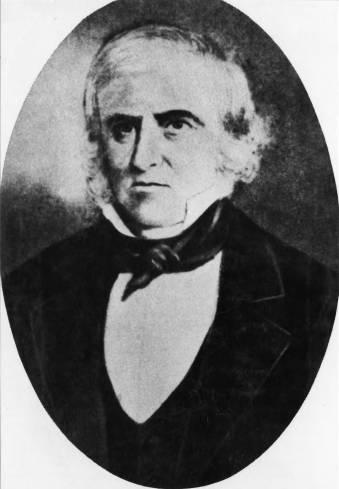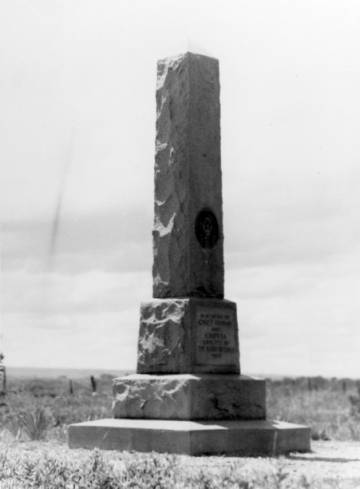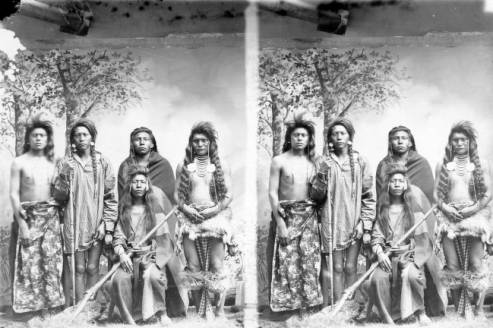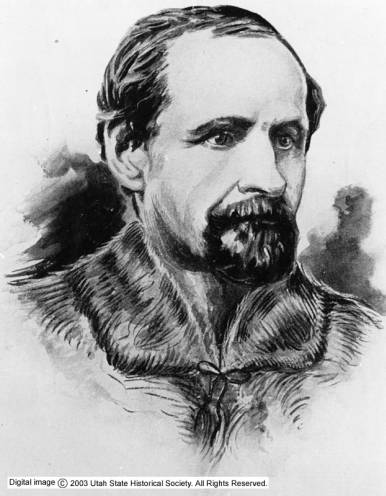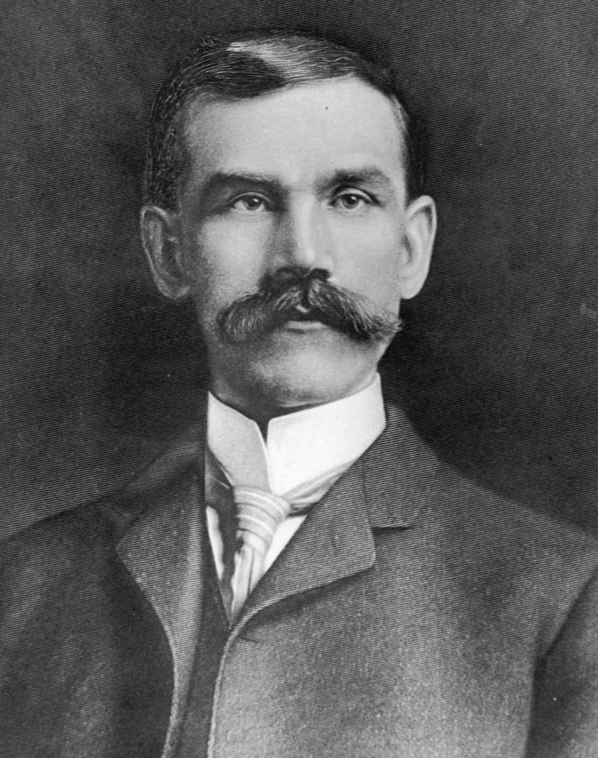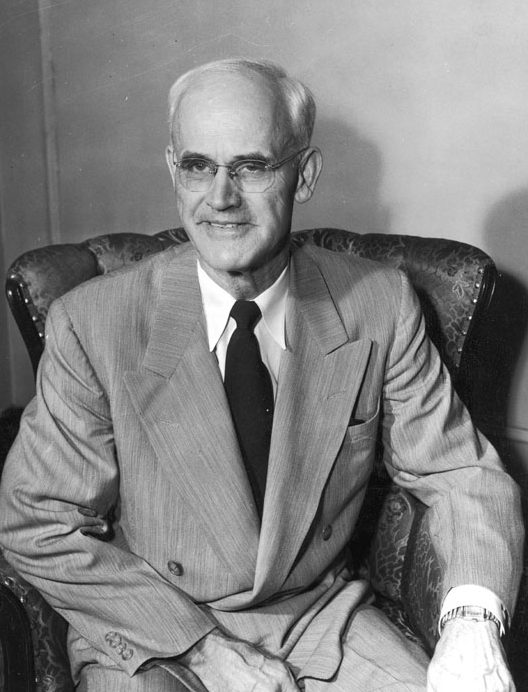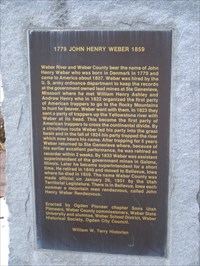Lyndia CarterHistory Blazer, April 1996 In the quiet solemnity of the Heber City cemetery stands a simple sandstone marker bearing the initials T. T. A huge pine tree towers over the grave, shadowing the burial place of Tom Tabby, son of Tabby-To-Kwanah, a chief of the Ute Indians who lived at the reservation in the Uinta Basin in 1867. Chief …
Peter Skene Ogden
S. Matthew Despain and Fred R. GowansUtah History Encyclopedia, 1994 Peter Skene Ogden, born in 1794, was an experienced trapper and mountain man who remained with the Hudson’s Bay Company after its 1821 merger with the Northwest Fur Company. In November 1824 Ogden was appointed leader of the Snake River Country Expeditions by John McLoughlin, and he was instructed to …
Chief Ouray
CHIEF OURAY HOPED TO ACHIEVE PEACE WITH WHITE PEOPLE W. Paul Reeve History Blazer, January 1995 The western Ute bands originally occupied about 23.5 million acres or around 45 percent of the present state of Utah. By the 1870s, however, Utah’s Utes were confined to less than 10 percent of that area, slightly over 2 million acres on the Uintah …
Chief Pocatello
CHIEF POCATELLO STRUGGLED TO SURVIVE ON UTAH’S NORTHERN FRONTIERW. Paul ReeveHistory Blazer, February 1995 Chief Pocatello came to be known in the 1860s among Mormon leaders, Indian agents, and army officers headquartered in the Salt Lake area for his exploits as the head of a so-called outlaw band of Indians. Although the Shoshones under Pocatello’s lead did terrorize settlers and …
John Wesley Powell
Margaret S. Bearnson Utah History Encyclopedia, 1994 John Wesley Powell was born 24 March 1834 at Mount Morris in western New York state. His parents moved to Illinois, where he was educated at Wheaton and Oberlin colleges. He became interested in botany and geology at an early age, and began geological work with a series of field trips, including a …
Etienne Provost
FELLOW TRAPPERS CALLED ETIENNE PROVOST “THE MAN OF THE MOUNTAINS”Jeffrey D. NicholsHistory Blazer, August 1995 Although he does not have the wide recognition of Jim Bridger or John Colter, Etienne Provost was considered by his contemporaries as one of the most knowledgeable, skillful, and successful of the mountain men. Provost gave his name (phonetically) to the Provo River and the …
Jedediah S. Smith
S. Matthew Despain and Fred R. GowansUtah History Encyclopedia, 1994 Jedediah S. Smith was a trailblazer, brigade leader, and partner in two fur-trading companies whose travels took him throughout Utah and the West. Born in 1799, he was the first American after the Astorians to cross west over the Continental Divide, rediscovering South Pass; the first to cross overland to …
Reed Smoot
David GesselUtah History Encyclopedia, 1994 Reed Smoot represented Utah in the United States Senate for thirty years, longer than any other Utah senator past or present. He was the first native-born Utahn to establish a national political reputation and was also the only Mormon apostle to serve in the U.S. Senate. During his senatorial career, Smoot served concurrently as a …
Arthur Vivian Watkins
Patricia L. ScottUtah History Encyclopedia, 1994 Arthur V. Watkins was born in Midway, Utah, 18 December 1886. Vivian (as he was known by his family) was the first of six children born to Arthur and Adelia Gerber Watkins. Educated in Utah public schools in Midway and Vernal, he entered Brigham Young Academy prep school at age of seventeen. Three years …
John Henry Weber
S. Matthew Despain and Fred R. GowansUtah History Encyclopedia, 1994 John Henry Weber was born in 1779 in Altona near Hamburg, at that time part of Denmark. By 1807 he migrated to America to Ste. Genevieve, Missouri where he became acquainted with William Ashley and Andrew Henry. In 1822 Weber enlisted in the Ashley-Henry Fur Company which departed St. Louis …
